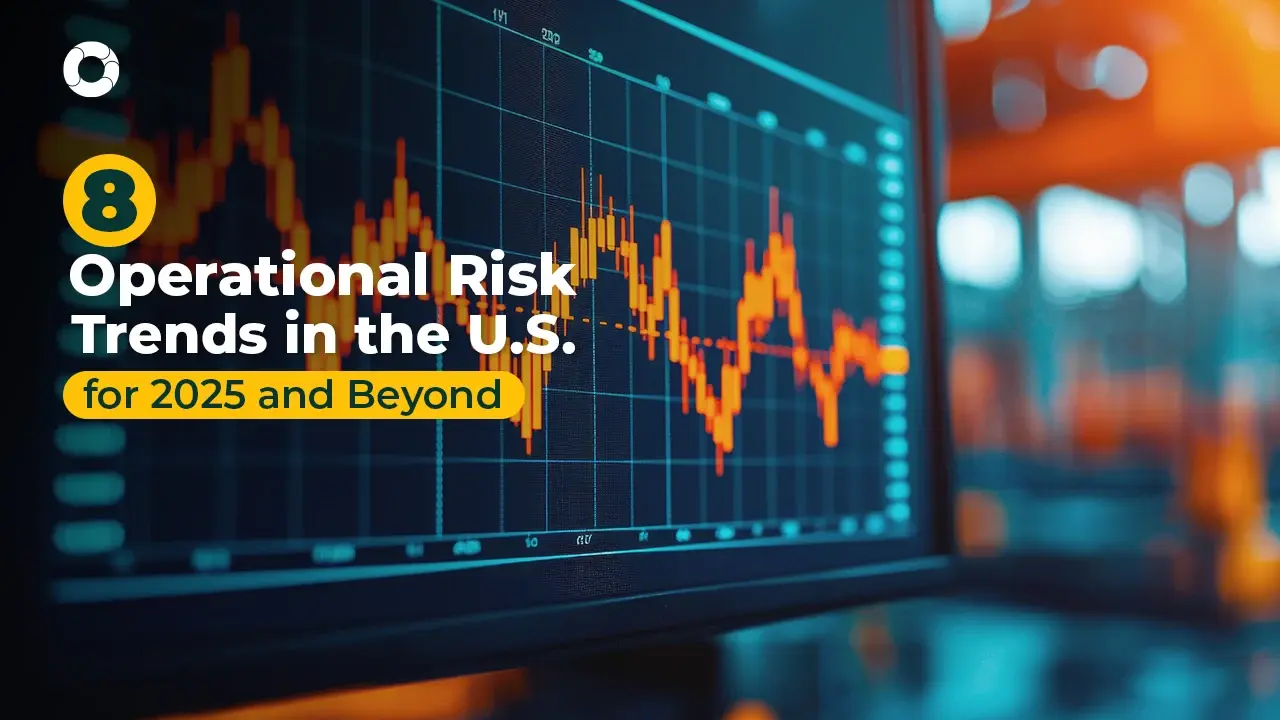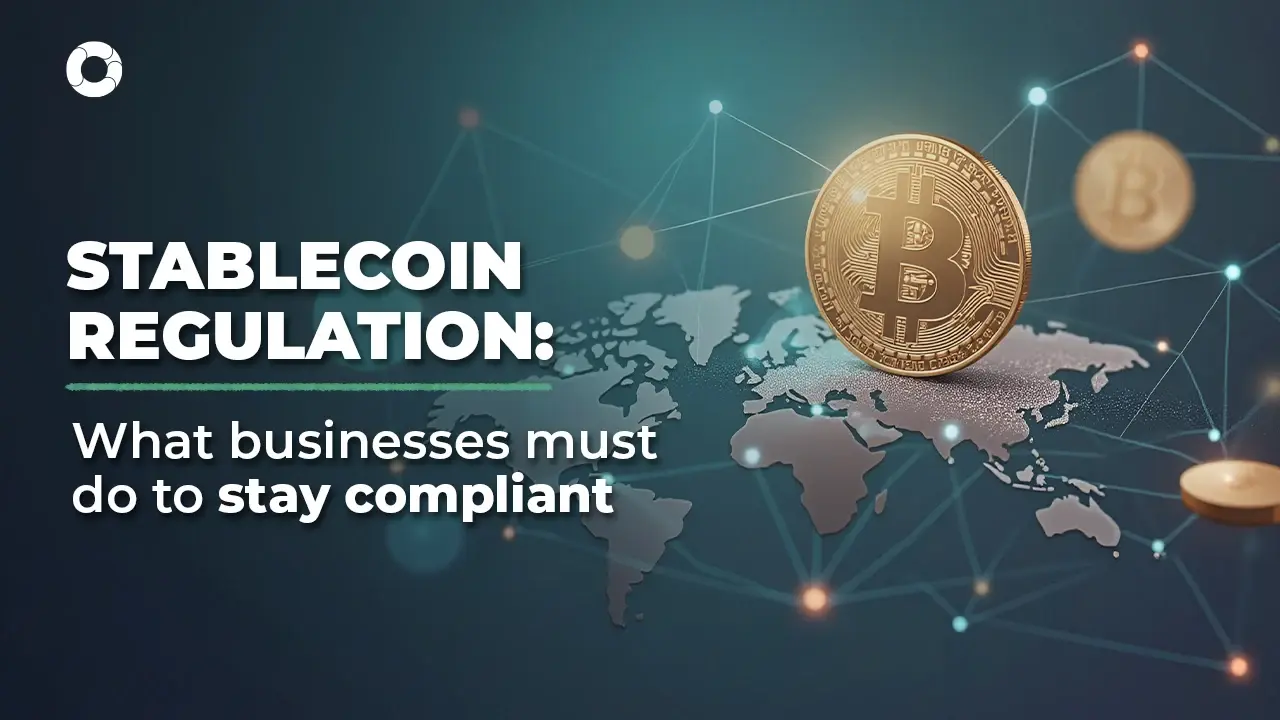Enron case study: one of the worst frauds in history

The Enron Scandal
One of the biggest financial scandals in history was the collapse of Enron Corporation, a U.S.-based energy giant that filed for bankruptcy on December 2, 2001.
|
Contents |
At the time, Enron reported $63 billion in assets and claimed annual revenues of $100 billion. However, the reality was very different. The company manipulated its financial statements—turning liabilities into assets, reporting loans as revenue, and inflating profits—creating an illusion of financial strength.
These financial deceptions caused Enron’s stock price to plummet from over $90 in 2000 to just $1 within a year, wiping out 99% of its value. Investors were shocked to discover that Enron had been falsifying records to mislead shareholders.
As more fraud was uncovered, it became clear that Enron had accumulated $30 billion in hidden debt. When the company collapsed, over 20,000 employees lost their jobs, and one of the world’s largest accounting firms, Arthur Andersen, also fell apart due to its involvement in the scandal.
Jeffrey Skilling, Enron’s chief financial officer, played a key role in fabricating revenues, using mark-to-market accounting to recognize future projected earnings as current profits, making the company appear far more profitable than it was. Enron disguised losses and concealed its debt, misleading investors and regulatory agencies.
The Role of Investigative Journalism in Uncovering the Fraud
The Enron scandal was exposed when journalist Bethany McLean wrote an article for Fortune magazine titled "Is Enron Overpriced?". She questioned how Enron had risen from rank 141 to the seventh-largest U.S. company in just five years (1995-2000), despite inconsistencies in its financial reports.
Ironically, Jeffrey Skilling resigned, citing family reasons, and sold his shares for $60 million just months before the company collapsed. Authorities later accused him of insider trading, securities fraud, and conspiracy, as he had sold his shares before the financial crisis became public.
Enron’s founder, Kenneth Lay, faced six criminal charges, including conspiracy and fraud, but died of a heart attack before sentencing.
The Impact of Enron on Corporate Governance and Risk Management
Following this historic financial scandal, governments worldwide, including the United States, tightened financial regulations to prevent similar fraud. One key reform was ensuring that external auditors are independent from the companies they assess. Additionally, board members are now legally responsible for monitoring corporate accounting practices.
To prevent compliance and operational risks like those seen in the Enron scandal, businesses need a risk management system. A platform like Pirani helps organizations mitigate financial risks, improve transparency, and enhance corporate governance, ensuring long-term business sustainability.
White-Collar Crime: A Growing Threat to Businesses
Today, financial fraud remains a major challenge. White-collar criminals are using increasingly sophisticated techniques to commit fraud, making it essential for businesses to implement strong risk management frameworks.
One of the most common fraudulent tactics—data falsification—was the foundation of the Enron scandal. By modifying financial reports, Enron was able to inflate its stock price and mislead investors, ultimately leading to one of the worst financial crises in history.
The Enron case is a stark reminder of how poor risk controls and information manipulation can destroy even the largest companies. To protect your organization, you need risk management tools that promote transparency and regulatory compliance.
The Sarbanes-Oxley Act: A Shield for Investors
What Is the Sarbanes-Oxley Act (SOX)?
The Sarbanes-Oxley Act (SOX) is a U.S. federal law enacted in 2002 in response to corporate scandals involving companies like Enron and WorldCom. These cases exposed severe financial mismanagement, fraud, and lack of regulatory oversight.
SOX was designed to restore investor confidence by imposing stricter financial reporting and auditing requirements for public companies, external auditors, and market intermediaries.

Why Was the Sarbanes-Oxley Act Created?
Before SOX, investors lost billions of dollars due to fraudulent financial practices. This law was introduced to:
-
Protect investors by ensuring that financial statements are accurate, reliable, and transparent.
-
Restore market confidence by improving corporate governance and accountability.
-
Strengthen auditing standards by ensuring that auditors are independent and objective.
-
Increase executive accountability by holding CEOs and CFOs responsible for the accuracy of financial reports.
Key Provisions of the Sarbanes-Oxley Act
SOX introduced several major reforms, including:
-
CEO and CFO Certification: Executives must personally certify the accuracy of financial reports.
-
Auditor Independence: Auditors are prohibited from offering non-audit services to clients to prevent conflicts of interest.
-
Audit Committees: Public companies must have independent audit committees to oversee financial reporting.
-
Corporate Ethics Codes: Companies must implement and publicly disclose codes of ethics for their executives.
-
Whistleblower Protection: Employees who report financial fraud are protected from retaliation.
How Risk Management Software Can Protect Your Business
To prevent financial fraud and regulatory violations, businesses should invest in risk management software like Pirani. This type of technology allows companies to:
✅ Centralize risk assessment and streamline financial oversight.
✅ Automate risk controls to reduce human errors and prevent fraud.
✅ Receive real-time alerts when unusual activities are detected.
✅ Generate detailed risk reports for better decision-making.
Take Action Today!
Schedule a meeting with our risk management experts and learn how Pirani can help you protect your organization from financial fraud and compliance risks.
You May Also Like
These Related Stories

Mastering SOX Compliance: 8 Key Steps for a Successful Audit

Learn from Worldcom to Prevent Accounting Fraud

ISO 19600: Regulatory Compliance for Good Governance

Get to know the fundamental principles of Basel in banking

8 Operational Risk Trends in the U.S. for 2025 and Beyond



Comments (4)